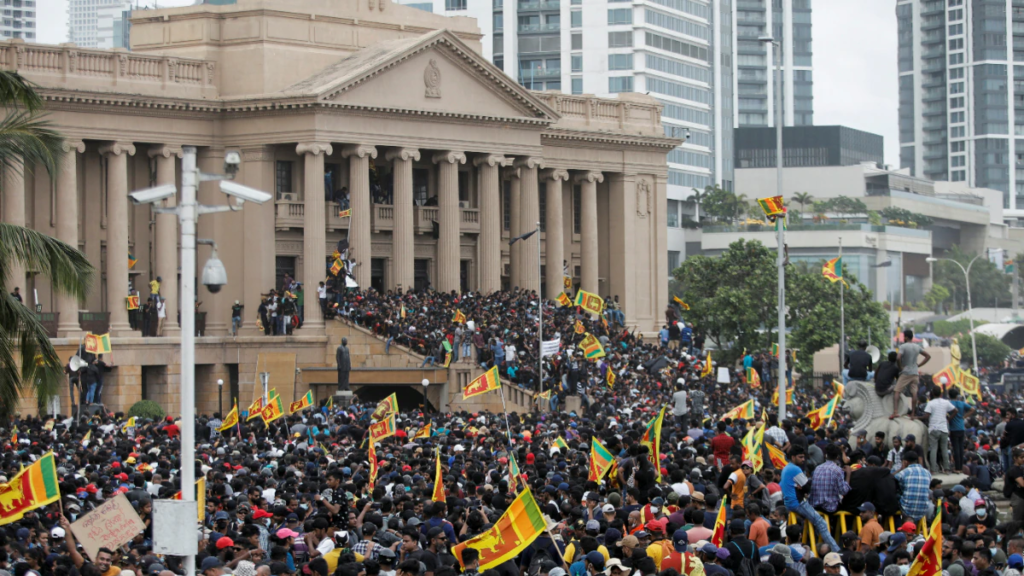Sri Lanka’s Economic Crisis: A Nation in Turmoil
The Roots of the Crisis
Sri Lanka’s economic crisis can be traced back to a number of factors. One key contributing factor was the government’s decision to implement a ban on chemical fertilizer imports in 2021. This policy, intended to promote organic agriculture, led to a decline in crop yields and exacerbated food shortages. Another major factor was the country’s unsustainable debt levels, which eventually led to a balance of payments crisis.

The Devastating Impact on Sri Lankans
The economic crisis has had a devastating impact on the lives of ordinary Sri Lankans. Many people have lost their jobs, and millions are struggling to afford basic necessities. The crisis has also led to widespread social unrest, with protests and demonstrations taking place across the country.
Government Efforts to Address the Crisis
In response to the crisis, the Sri Lankan government has implemented a number of measures aimed at stabilizing the economy. These measures include austerity measures, currency devaluation, and seeking assistance from international financial institutions. However, the road to recovery is likely to be long and difficult.
Lessons Learned from the Crisis
Sri Lanka’s economic crisis is a stark reminder of the dangers of economic mismanagement and the importance of sustainable development. The crisis has also highlighted the need for international cooperation in addressing global economic challenges. As Sri Lanka continues to grapple with the aftermath of its economic crisis, it is hoped that the country can find a way to rebuild its economy and restore the livelihoods of its people.




















